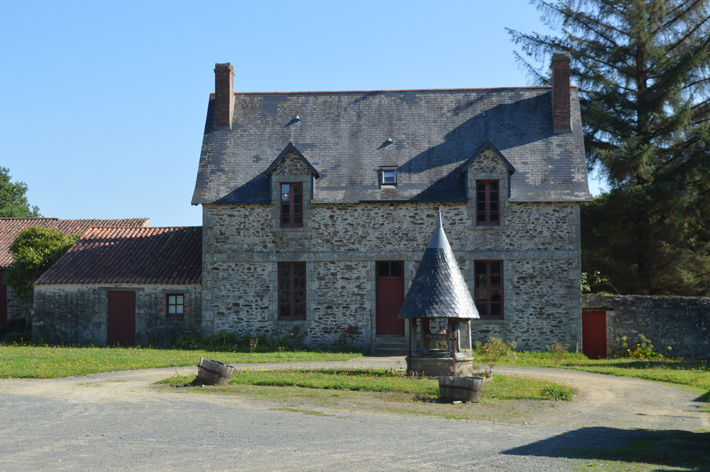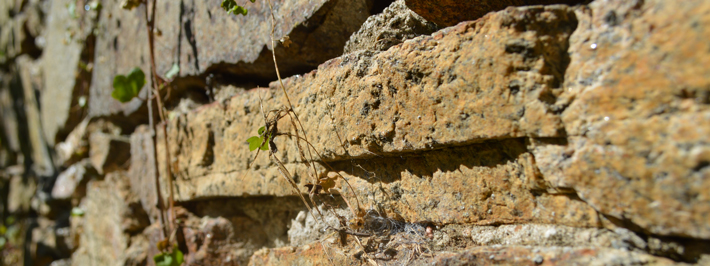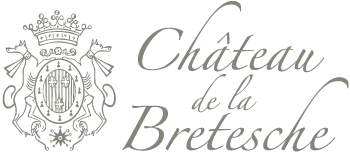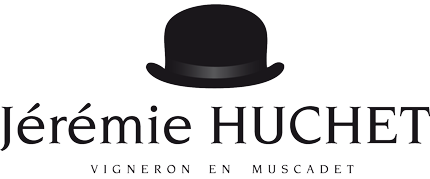



TERROIR
The vines of la Bretesche are planted on a northern slope, on gneiss.
The gneiss is a metamorphic rock, originating from siliceous granite lava which penetrated the faults of the earth. There, the changes of the earth generated an increase in temperature and pressure, creating the gneiss.
The soil in La Bretesche is composed of sandy silt in the first 20 to 30 centimeters then of a clear orange powder, a sandy-clayey silt coming directly from the alteration of the gneiss.
This soil offers naturally rich grapes with good acidity support.
The crus of La Bretesche are characterized by notes of fresh hazelnuts, of richness and especially a fresh and salty finish…these are Muscadets of great precision.
HISTORY
Le Château de la Bretesche, a clos of 13 ha, is located on the southern hillsides of the Sèvre. It is a property with a very rich past, the earliest writings mentioning grape growing go back to 1387.
In 17th century Louis Jausseaume, lieutenant bodyguard of Louis XIV and seigneur of Bretesche, obtained this land with his promotion to marquis, in gratitude for his bravery.
A reminder of this epoch is the shield dating from 1657 which appears on the current label.
In November 2005, I leased this clos and in 2006 made my first wine from it.

